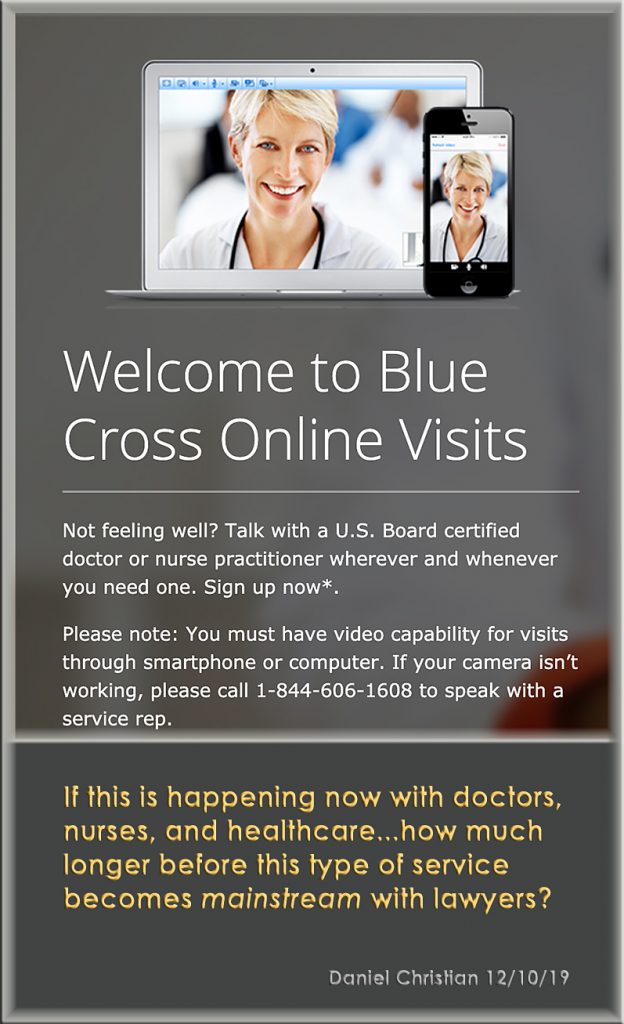Toward Inclusive Learning Spaces: Physiological, Cognitive, and Cultural Inclusion and the Learning Space Rating System — from er.educause.edu by Richard Holeton
Inclusive learning space design should be based on a tripartite framework addressing the diverse physiological, cognitive, and cultural needs of learners.
Excerpt:
Students with learning disabilities may have specific limitations in auditory perception and processing, visual perception and processing, information processing speed, abstract reasoning, long-term or short-term memory, spoken and written language ability, mathematical calculation, or executive functioning (e.g., planning and time management). Those with autism spectrum disorder (ASD) may suffer from impaired social interaction, diminished communication abilities, and sensory processing problems that may lead to agoraphobia or difficulty moving through spaces. Applying universal design and UDL principles, designers can and should go beyond the legal requirements to design truly inclusive spaces. Learning space design features that can help those with ASD include providing ordered and comprehensible spatial structures, a mix of large and small spaces, and some user control of environmental conditions, such as the amount of stimulation from light and bold colors.
The three main principles of UDL—to provide learners with multiple means of representation, multiple means of expression, and multiple means of engagement—address cognitive diversity primarily through pedagogical design. Instructors applying UDL may provide course materials in multiple media, offer students different options for demonstrating their understanding and mastery, and build various ways for students to engage with instructors and one another.
Size and Space for Approach and Use: Accommodate diverse physical attributes by providing furnishings and equipment that fit various body sizes and shapes and by allowing appropriate space to permit the use of assistive devices and to accommodate reach and manipulation regardless of body size, posture, mobility, or hand and grip size.















